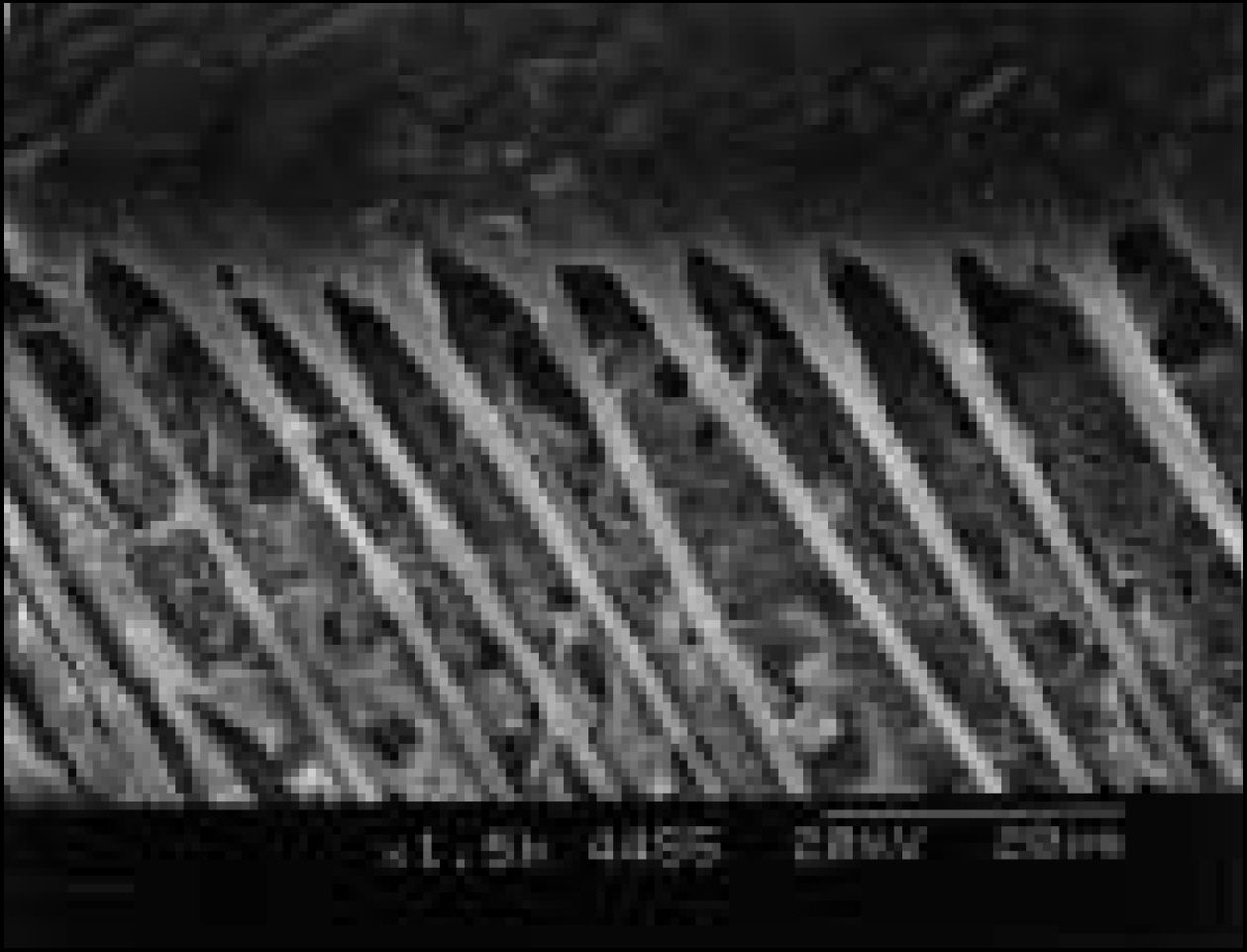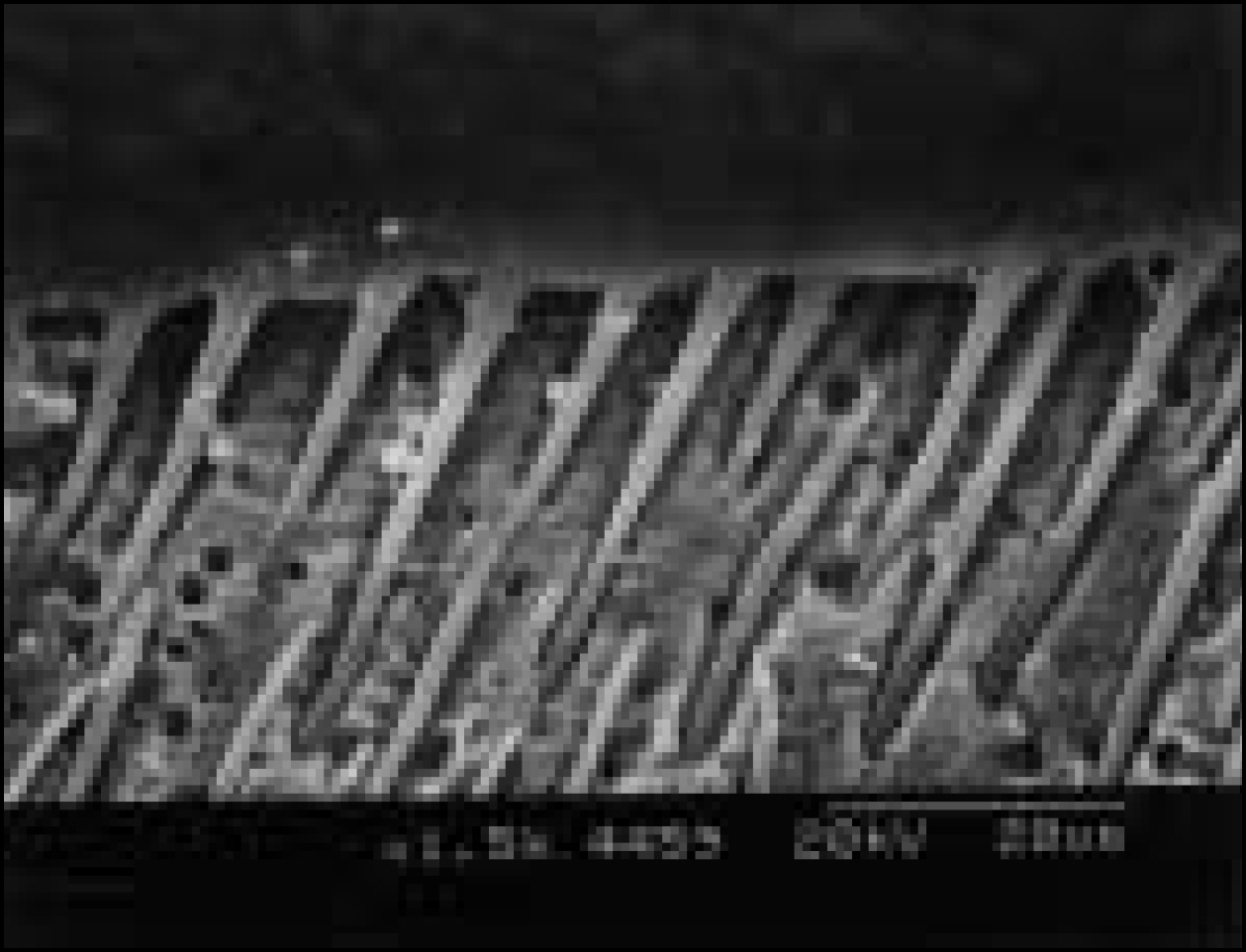References
1. Tyas MJ, Anusavice KJ, Frencken JE, Mount GJ. Minimal intervention dentistry. Int Dent J 20:1–12.
2000;
2. Versluis A, Douglas WH, Cross M, Sakaguchi RL. Does an incremental filling technique reduce the polymerization shrinkage stress? J Dent Res 75:871–878.
1996;
3. Fontana M, Dunipace AJ, Gregory RL, Noblitt TW, Li Y, Park KK, Stookey GK. An in vitro microbiological model for studying secondary careis formatioon. Caries Res 30:112–118.
1996;
4. Inokoshi S, Willems G, Van Meerbeek B, Lambrechts P, Braem M, Vanherle G. Dual-cure luting composites : Part Ⅰ: Filler particle distribution. J Oral Rehabil 20:133–146.
1993;
5. Burrow MF, Nikaido T, Satoh M, Tagami J. Early bonding of resin cements to dentin. Oper Dent 21:196–202.
1996;
6. Eliades G. Clinical relevance of the formulation and testing of dentine bonding systems. J Dent 22:73–81.
1994;
7. Frankenberger R, Kramer N, Petschelt A. Technique sensitivity of dentin bonding : Effect of application mistakes on bond strength and marginal adaptation. Oper Dent 25:324–330.
2000;
8. El-Mowafy OM, Bennergui C. Radiopacity of resin-based inlay luting cements. Oper Dent 19:11–15.
1994;
9. Milleding P, Ortengren U, Karlsson S. Ceramic inlay systems : some clinical aspects. J Oral Rehabil 22:571–580.
1995;
10. Watanabe I, Nakabayashi N, Pashley PH. Bonding to ground dentin by a Phenyl-P self-etching primer. J Dent Res 73:1212–1220.
1994;
11. Xie J, Powers JM, McGuckin RS. In vitro bond strength of two adhesives to enamel and dentin under normal and contaminated conditions. Dent Mater 9:295–299.
1993;
12. Kaneshima T, Yatani H, Kassai T, Watanabe EK, Yamashita A. The influence of blood contamination on bond strengths between dentin and adhesive resin cement. Oper Dent 25:195–201.
2000;
13. Christensen GJ. Resin cements and post-operative sensitivity. J Am Dent Assoc 131:1197–1199.
2000;
14. Paul SJ, Scha¨rer P. The dual bonding technique : A modified method to improve adhesive luting procedures. Int J Periodont Rest Dent 17:537–545.
1997;
15. DeGoes MF, Nikaido T, Pereira PNR, Tagami J. Early bond strengths of dual- cured resin cement to resin-coated dentin. J Dent Res 79:453. 2000;
16. Bertschinger C, Paul SJ, Luthy H, Scha¨rer P. Dual application of dentin bonding agents : effects on bond strengths. Am J Dent 9:115–119.
1996;
17. Baier RE. Principles of adhesion. Oper Dent (Supplement 5):1–9.
1992;
18. Terata R. Characterization of enamel and dentin surfaces after removal of temporary cement - study on removal of temporary cement. Dent Mater 12:18–28.
1993;
19. Marshall SJ, Marshall GW, Harcourt JK. The influence of various cavity bases on the micro-hardness of composites. Aust Dent J 27:291–295.
1982;
20. Millstein PL, Nathanson D. Effect of eugenol and eugenol cements on cured composite resin. J Prosthet Dent 50:211–215.
1983;
21. Powell TL, Huget EF. Effects of cements and eugenol on properties of a visible light-cured composite. Pediatr Dent 15:104–107.
1993;
22. Woody TL, Davis RD. The effect of eugenol containing and eugenol-free temporary cements on microleakage in resin bonded restorations. Oper Dent 17:175–180.
1992;
23. Stangel I, Nathanson D, Hsu C. Shear strength of the composite bond to etched porcelain. J Dent Res 66:1460–1465.
1987;
24. So¨derholm K-JM. Correlation of in vivo and in vitro performance of adhesive materials : A report of the ASC MD 156 task group on test methods for adhesion of restorative materials. Dent Mater 7:74–83.
1991;
25. Swift EJ, Perdigao J, Heymann HO. Bonding to enamel and dentin : A brief history and state of the art. Quintessence Int 26:95–110.
1995;
26. Sano H, Shono T, Sonoda H, Takatsu T, Ciucchi B, Carvalho R, Pashley DH. Relationship between surface area for adhesion and tensile bond strength-evaluation of a microtensile bond test. Dent Mater 10:236–240.
1994;
27. Gwinnett AJ, Kanca J. Micromorphology of the bonded dentine interface and its relationship to bond strength. Am J Dent 5:73–77.
1992;
28. Sano H, Takatsu T, Ciucchi B, Horner JA, Matthews WG, Pashley DH. Nanoleakage: leakage within the hybrid layer. Oper Dent 20:18–25.
1995;
29. Cox CF. Evaluation and treatment of bacterial microleakage. Am J Dent 7:293–295.
1994;
30. Paul SJ, Scha¨rer P. Effect of provisional cements on the shear bond strength of various dentin bonding agents. J Oral Rehabil 24:8–14.
1997;
31. Christensen GJ. Resin cements and postoperative sensitivity. J Am Dent Assoc 131:1197–1199.
2000;
32. Sorensen JA, Munksgaard EC, Odont D. Relative gap formation adjacent to ceramic inlays with combination of resin cements and dentine bonding agents. J Prosthet Dent 76:472–476.
1996;
33. Magne P, Douglas WH. Porcelain veneers : dentin bonding optimization and biomimetic recovery of the crown. Int J Prosthodont 12:111–121.
1999;
34. Kanca J. Resin bonding to wet substrates I-bonding to dentin. Quintessence Int 23:39–41.
1992;
35. Tay FR, Gwinnett JA, Wei SH. Micromorphological spectrum from over drying to over-wetting acid conditioned dentin in water-free acetone-based single bottle primer/adhesives. Dent Mater 12:236–244.
1996;
36. Nakabayashi N, Kojima K, Masuhara E. The promotion of adhesion by the infiltration of monomers into tooth substrates. J Biomed Mater Res 16:265–273.
1982;
37. Ganss C, Jung M. Effect of eugenol- containing temporary cements on bond strength of composite to dentin. Oper Dent 23:55–62.
1998;
38. Yoshiyama M, Carvalho RM, Sano H, Horner JA, Brewer PD, Pashley DH. Regional bond strengths of resins to human root dentine. J Dent 24:435–442.
1996;
39. Pashley DH, Pashley EL. Dentin permeability and restorative dentistry : a status report for the American Journal of Dentistry. Am J Dent 4:5–9.
1991;

















